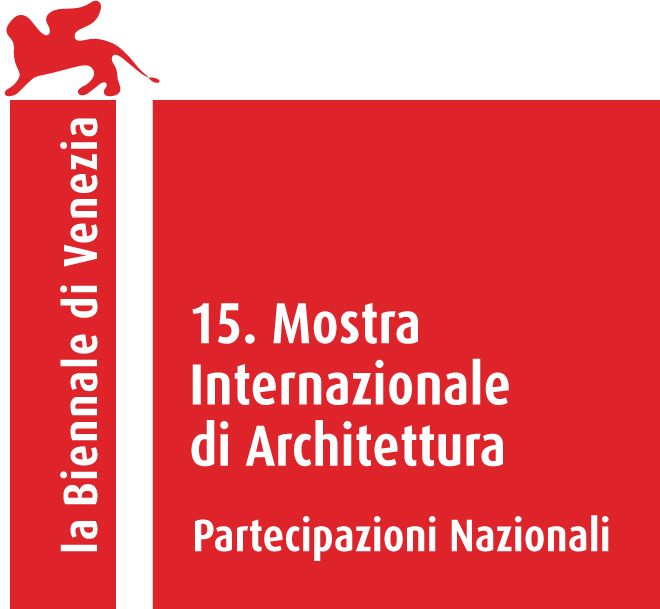The Venice Biennale is and will be a privileged space for creative thinking, in its most elaborate forms.
Building an architectural project for the Biennale is not only a milestone for the capacity to formulate an innovative, out of the ordinary concept, but also a responsibility for placing creative identity as national identity in a global perspective.
This is the message that artists engaged in projects constantly generate and put into practice.
In 2016, a series of mechanically operated wooden puppets mime the construction and deconstruction of our behaviors, of the movements and anatomical mechanics of the Human-Puppet. They become symbolical for a lively, but inert universe, driven by repetitive movements and artificially animated. We are caught in the silent story of these movements and repetitions, caught in a universe in which mechanics dominate the organic, in which gesture does not reflect anything but the eternal return and the impossibility of transfiguration.
It is, perhaps, the most political artistic statement a project could have in the context of the Biennale. A place where pavilions align by the geopolitical order of an era about to end.
As a minister of a European culture, such a project and its global political message is a true declaration of universal empathy, filled with bitter humor. If Maurizio Cattelan’s Pinocchio drowns facedown in a hotel pool, the puppets in Selfie Automaton are multiples of the same Pinocchio, unable to metamorphose into humans. As always, art – this time the art of architecture – invites us (with humor, detachment and terrible irony) not to forget we are more than Pinocchio’s mirrors.
